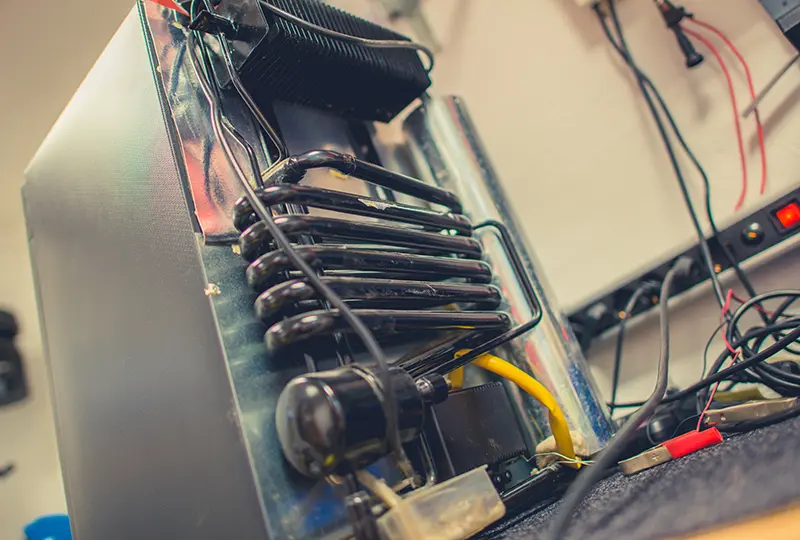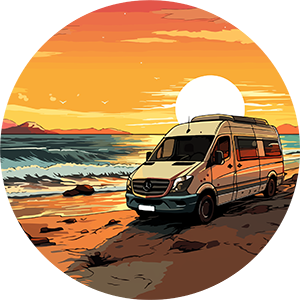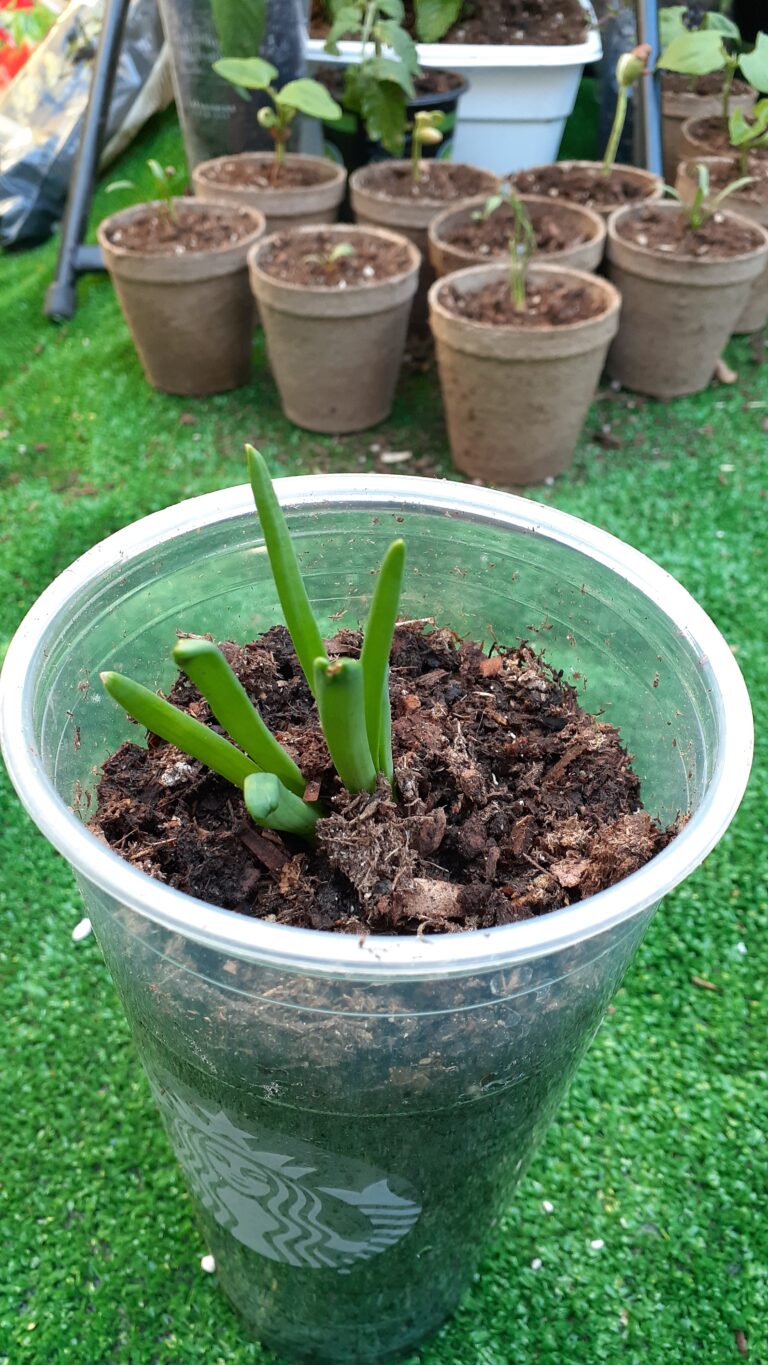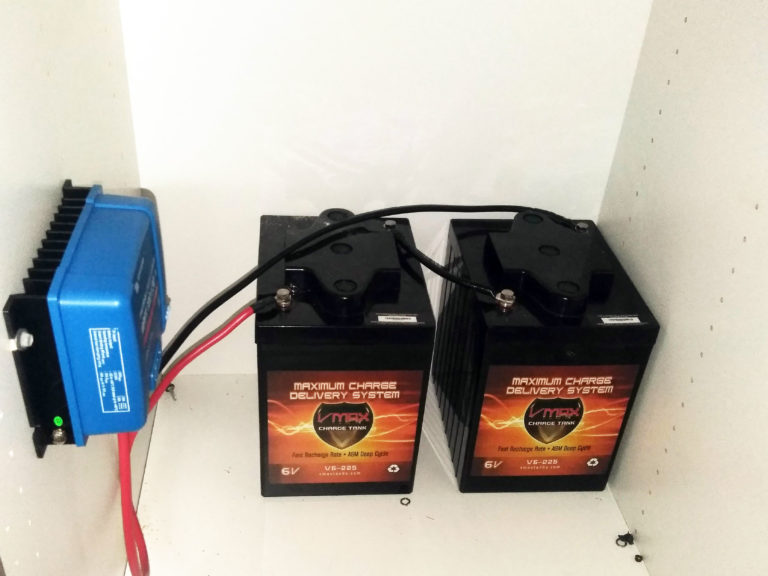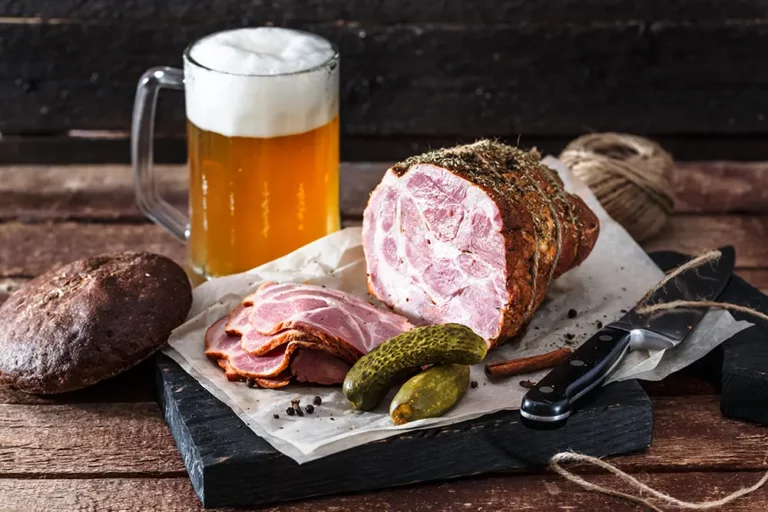All About LP Gas Systems on RVs
If you’re new to RVing you may have people refer to an “LP system” on your RV. But what does LP even mean? LP stands for Liquid Propane. And LP Gas is commonly used on RVs for a variety of appliances including but not limited to heaters, ovens, stoves, refrigerators and water heaters. Almost every RV will come with a LP tank mounted to it with all the necessary fuel lines sent out to each of your LP gas powered appliances. LP gas is dangerous and you should make sue that your carbon monoxide alarms are all functioning at all times in your RV.

How Does An LP Gas System Work?
Liquid propane is stored in a propane tank and it is filled at a licensed LP gas vendor. You can usually find fill up stations at gas stations and some RV parks too. Usually RV LP gas tanks are mounted to the vehicle frame, but some RVs have removable tanks. Usually RV trailers will have removable tanks that makes it easier to get refilled without having to move your trailer from it’s campsite.
The tank is filled with liquid propane but attached to every LP tank is a device called a regulator. The regulator converts the liquid propane into a low pressure gas state. This allows the propane gas to be distributed through hoses to all of your appliances. It’s also nice to have a glow in the dark LP gas gauge. You can attach these guages to your LP tank to see what your fuel levels are.
In my experience, these gauges to a fairly good job at telling you the levels. But they do seem to drain slow at first. And then, when it gets to the halfway mark, it seems to be gone almost right away. Some RVs will have gauges built into your main control panel. But, I always like having a backup option. So I don’t have to go all the way around my RV to check my levels if I’m already by the tanks.
Dual LP Tanks
If you’re traveling in a travel trailer you may have two LP tanks. They’ll be mounted either on the back of your trailer. Or, on the tongue of the trailer hitch that connects to your towing vehicle. If you have two LP tanks they could be connected to an automatic switch. These automatic switches are great if you have them. And most all RVs do have them. When one LP tank is empty it will automatically switch to your next LP tank. Giving you an opportunity to fill up the empty tank while still being able to run all of your LP powered appliances.
How Long Will My LP Tank Last?
How long your LP tanks will last depends on many factors. Different appliances have different fuel consumption and demands. I’ve solo traveled in my RV and had no problem having my 30lb LP tank last me about a month of use. Now, I was frugal and that helped stretch my fuel out. As you travel or live in your RV you will start to notice how each of your LP appliances work. And you may make some sacrifices to help you in others. For example maybe take shorter hot showers to save fuel on your water heater. Or, if you have access to electricity while you’re using propane you could microwave some food instead of using your stove or oven.
How long your LP tank will last is also very dependent on how many people will be staying in your RV too. The more people you have living in an RV, the faster your LP tanks will drain. If you know you will run out of LP gas before you are finished camping, then be sure to put in your schedule a time to refill your LP. You’ll also want to know the closest place to your campsite to refill.
How to Extend Your LP Tanks Storage
Using an Extend-a-stay or similar LP accessory you can attach a portable LP tank to extend your LP gas system. Using these accessories is great. Especially if you have an LP tank that cannot be removed from your RV. The installation process is easy, you just add the adapter in the line coming from your RV’s LP tank. Once connected to your main line you use a LP hose to attach to one of the ports on the adapter. Then connect the LP line to a portable tank! You could also use these adapters to add an out door grill, outdoor heater or other LP accessories you might want.
If you have a towed vehicle behind your RV this means you can just load up an empty LP tank. Then go fill it up and bring it back, without disturbing the camp set up or RV. This is great if you like camping for long periods of time, or even travel full time.
Do You Have to Use LP Gas in an RV?
LP gas is a low cost, efficient fuel that is very versatile when used in an RV. But some people don’t want LP systems on their RVs. But is it possible to do everything you can do with LP gas with electricity? Well, it is possible to do most everything you can with electricity as LP gas. But is it economical or doable for everyone? Not really.. If you travel to developed campsites with electricity only, then you should be fine without LP. As long as you’ve already gotten all electric accessories. But in between campsites on the road you may not have access to electricity except from a generator or solar power.
But, if you want to boondock and run your stove, water heater, refrigerator, furnace and all of your basic electrical needs.. You’re going to need quite a solar set up on your RV. While this may be possible with a large solar set up. The cost would be so high, it wouldn’t be very economical at this point. I’m all for solar power, I’ve had solar on every RV and Skoolie I’ve owned. But I still like the low cost, and availability of LP gas. Using both LP and solar to each of their advantages is the way to go. Of course, you can utilize your RV’s generator too. But you can’t run a generator at all times at most campsites.
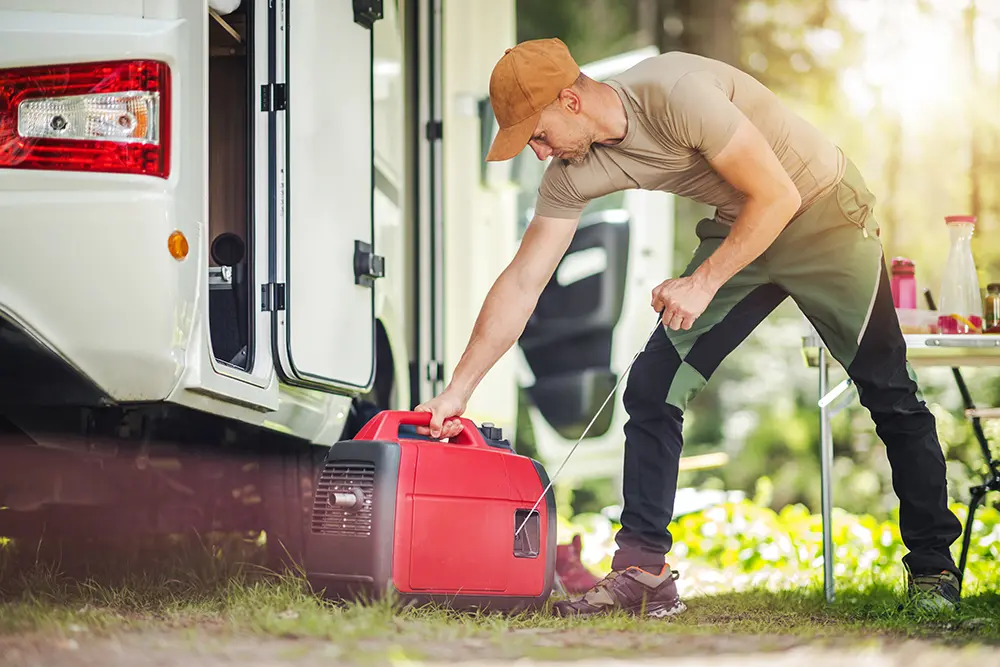
RV LP Powered Water Heaters
Not all RV water heaters run on LP gas but some do. The LP gas is used to light a flame as a heat source. You usually have to light a pilot light on older RV water heaters. But, newer RVs have an electric starter and won’t need a pilot to be started. There is usually an access door on the side of your RV. This is where you can access the RV water heater to light to pilot or just to do maintenance on it. LP water heaters use a small flame to heat your water in a small reservoir. Once the water is heated you can start using your hot water. And it doesn’t take long for an LP powered water heater to get hot!
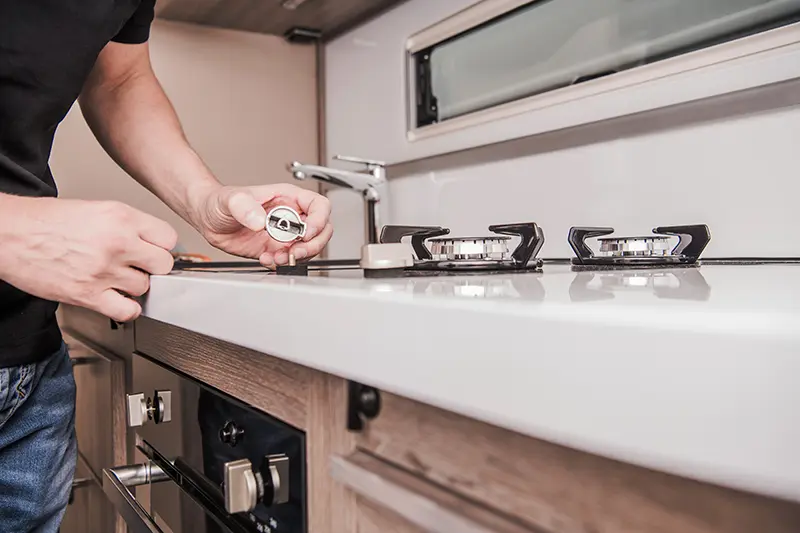
RV LP Powered Stovetops & Ovens
RVs can come equipped with LP gas powered stove tops (ranges) and ovens too! An LP powered stovetop and oven work just as good as any fuel stove or oven in a house. You just want to be aware that cooking in a small space like an RV can make everything smell like food. And it can also heat up your RV really fast. But don’t use your oven as a heat source, it’s not built of that and can be dangerous.
RV LP Gas Furnaces
One of the most common uses for LP gas in an RV is your furnace. A furnace uses LP fuel to ignite a heat source. Then the furnace pushes air over the heat source to get it hot. Then the hot air is distributed throughout your RV. Making it nice and toasty all throughout your home on wheels! You can also have an electric furnace but LP furnaces do a good job of keeping your RV warm and cozy fast.
RV LP Powered Refrigerators
Unless you know how a refrigerator works, it can sound strange that LP gas could power them. But, simply put, a refrigerator uses the gas to absorb the hot air and draw it out of the refrigerator. Then as the gas cools in comes back into the system and repeats the process. Most RVs come with what’s referred to as a “3 way” refrigerator. These refrigerators can be switched to either LP only, Electric Only or Combo LP/Electric. This gives you some good options for what you’ll use as a power source. Sometimes running a refrigerator on LP gas ca be more efficient than using electricity.
